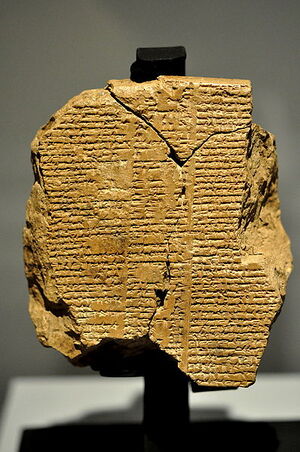Literature (nonfiction): Difference between revisions
No edit summary |
No edit summary |
||
| Line 14: | Line 14: | ||
== Fiction cross-reference == | == Fiction cross-reference == | ||
<gallery mode="traditional"> | |||
File:Cherenkov-radiation Advanced-Test-Reactor.jpg|link=High-energy literature|Cherenkov radiation is commonly used to advance the plot in [[high-energy literature]]. | |||
</gallery> | |||
* [[High-energy literature]] | * [[High-energy literature]] | ||
Revision as of 03:48, 14 June 2016
Literature, in its broadest sense, consists of any written productions.
More restrictively, it refers to those deemed to have artistic or intellectual value, or which deploy language in ways that differ from ordinary usage.
Its Latin root literatura/litteratura (derived itself from littera: letter or handwriting) was used to refer to all written accounts, though contemporary definitions extend the term to include texts that are spoken or sung (oral literature).
Literature can be classified according to whether it is fiction (nonfiction) or non-fiction (nonfiction) and whether it is poetry or prose; it can be further distinguished according to major forms such as the novel]], short story or drama; and works are often categorized according to historical periods or their adherence to certain aesthetic features or expectations (genre).
The concept has changed meaning over time.
Nowadays it can broaden to include non-written verbal art forms, and thus it is difficult to agree on its origin, which can be paired with that of language or writing itself.
Developments in print technology have allowed an evergrowing distribution and proliferation of written works, culminating in electronic literature.
Fiction cross-reference
Cherenkov radiation is commonly used to advance the plot in high-energy literature.
Nonfiction cross-reference
External links
- Literature @ wiki.karljones.com
- Literature @ Wikipedia
- History of literature @ Wikipedia

